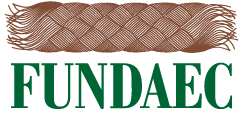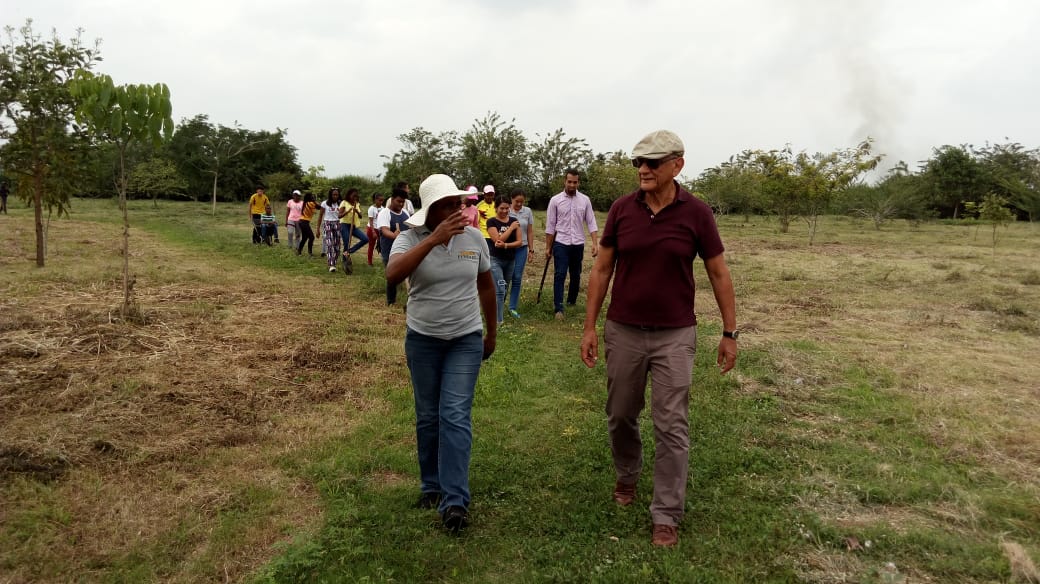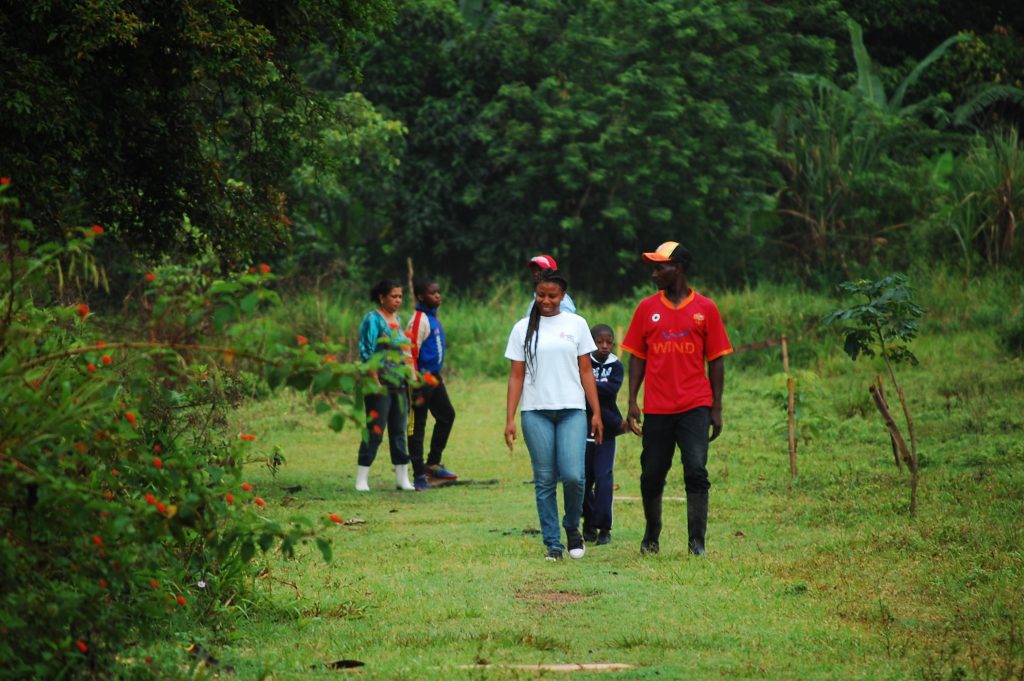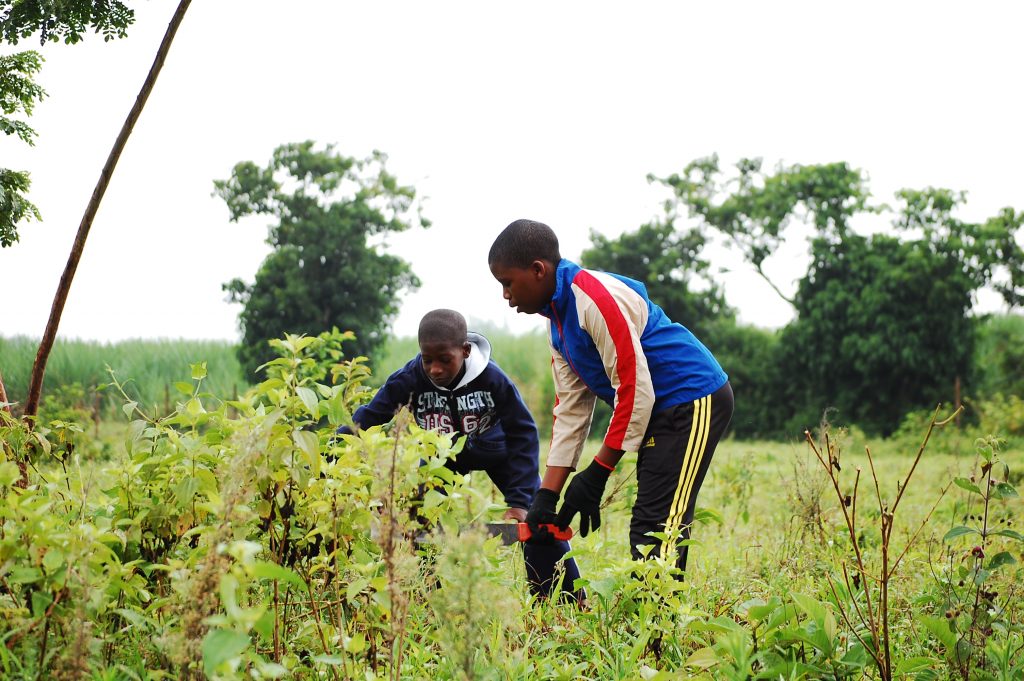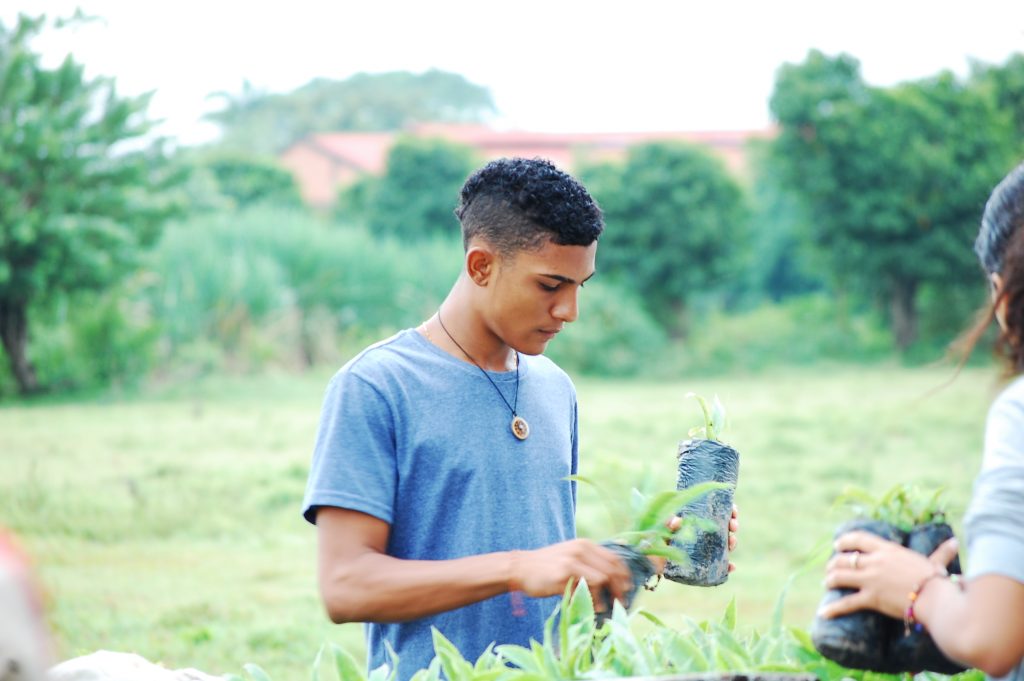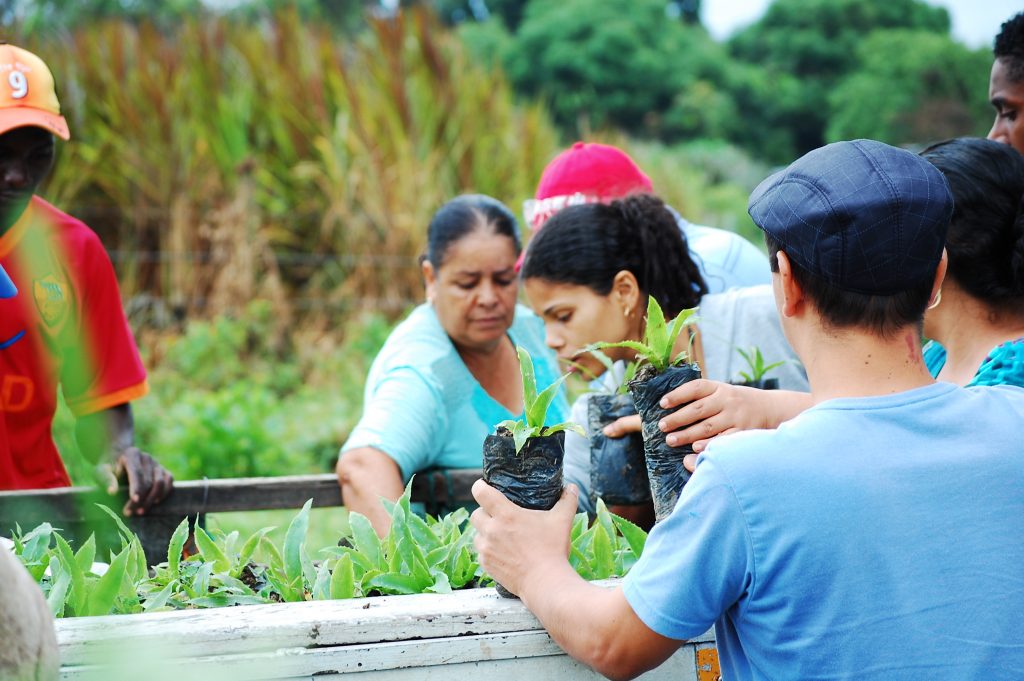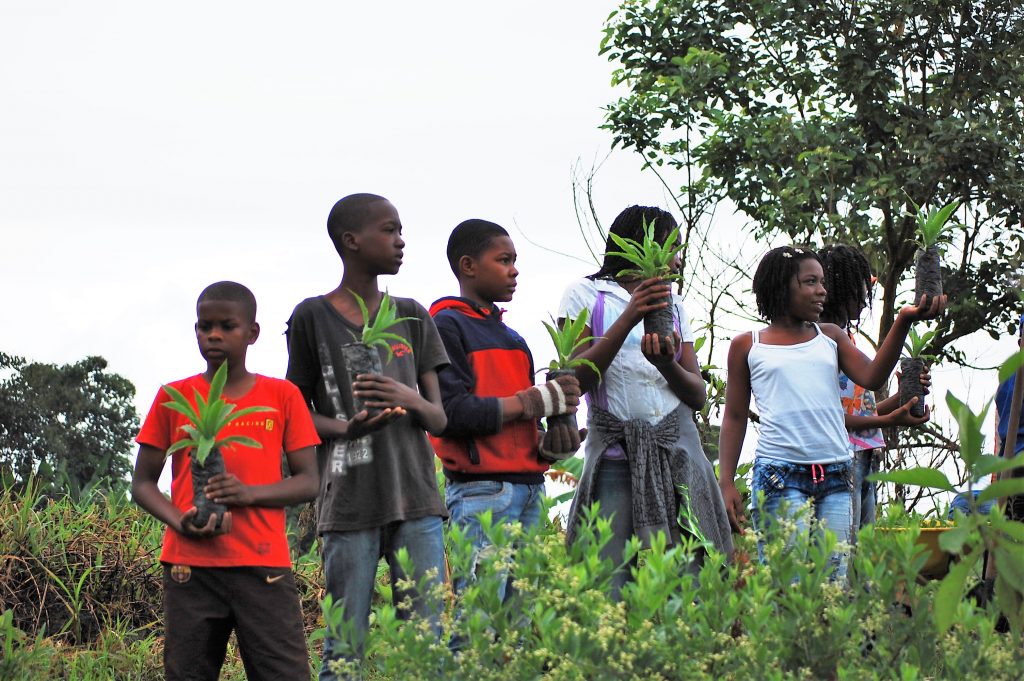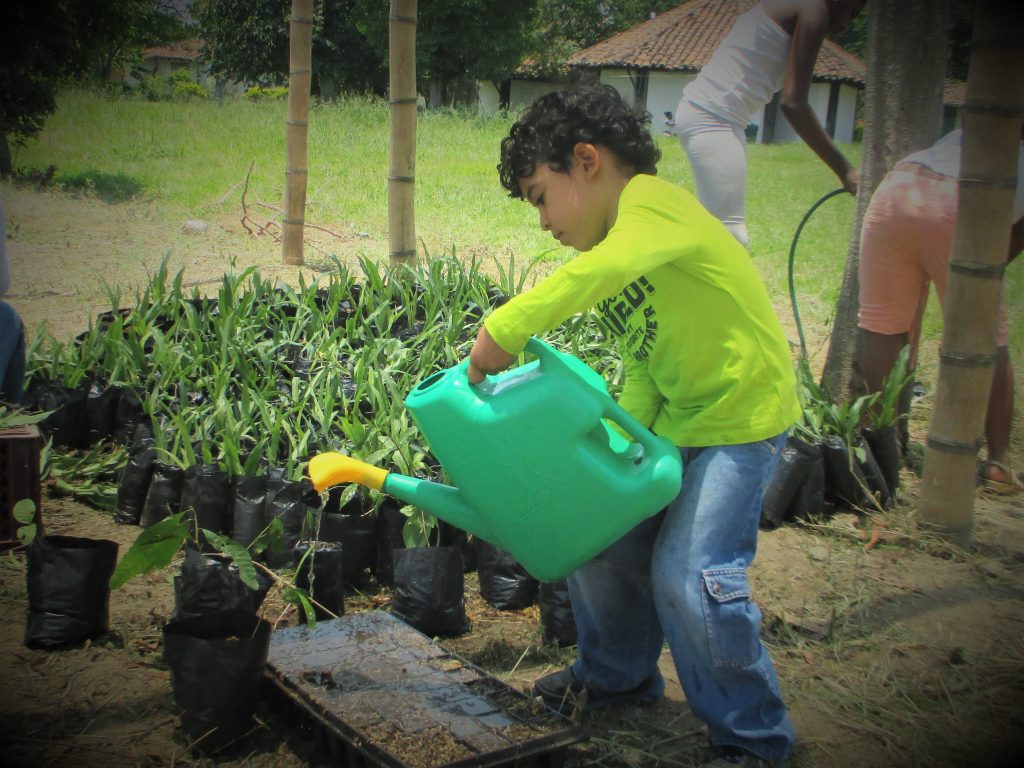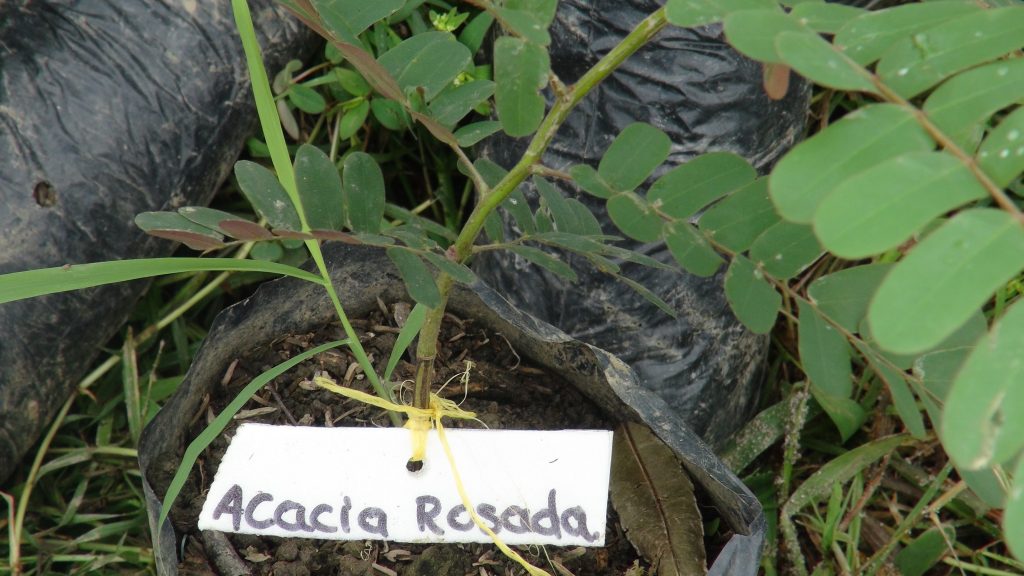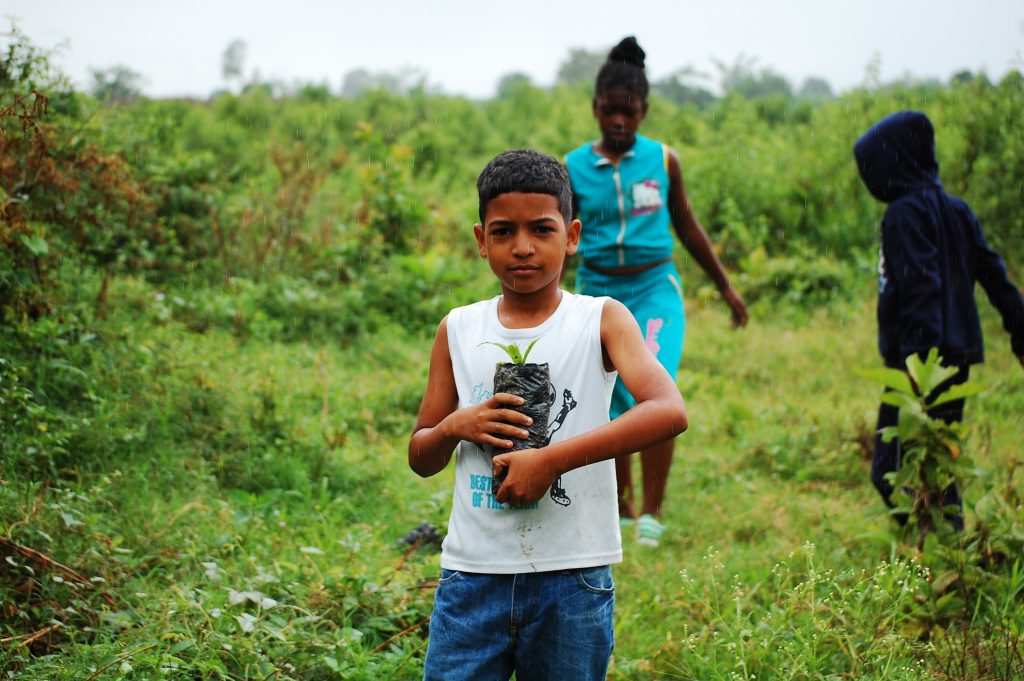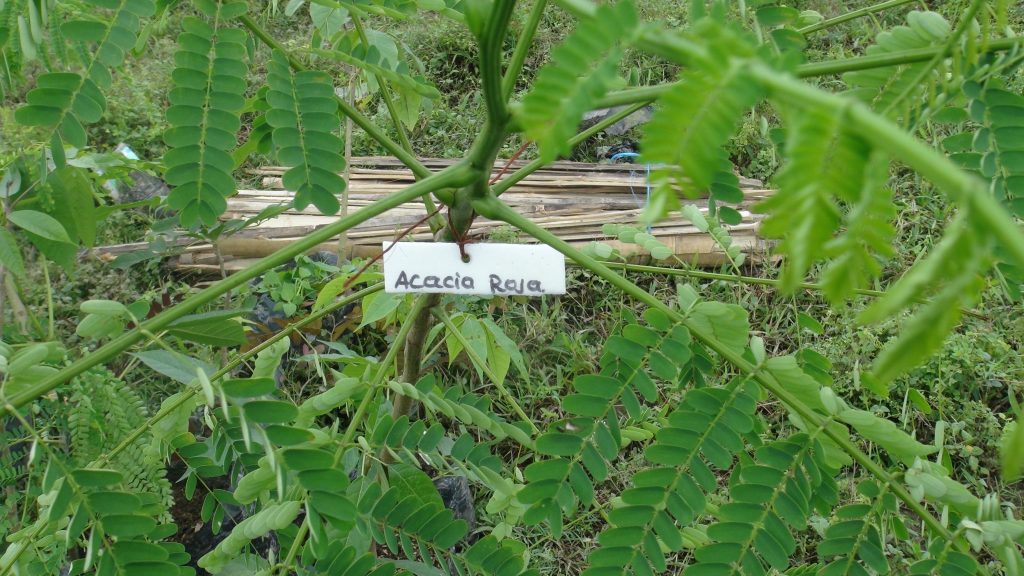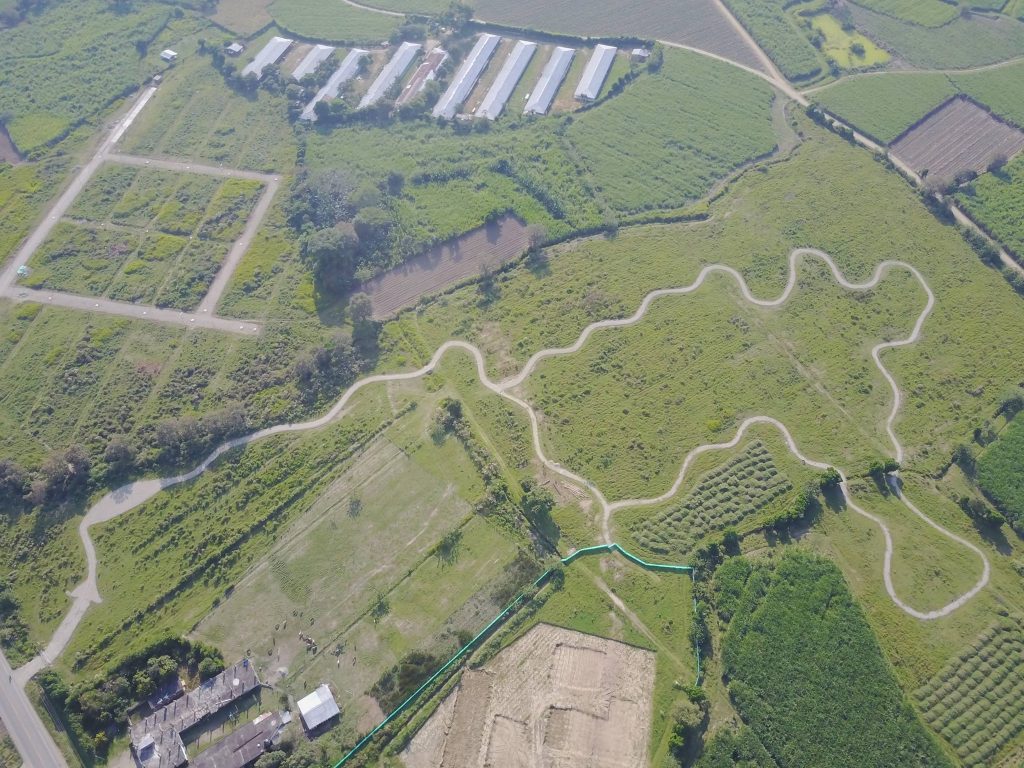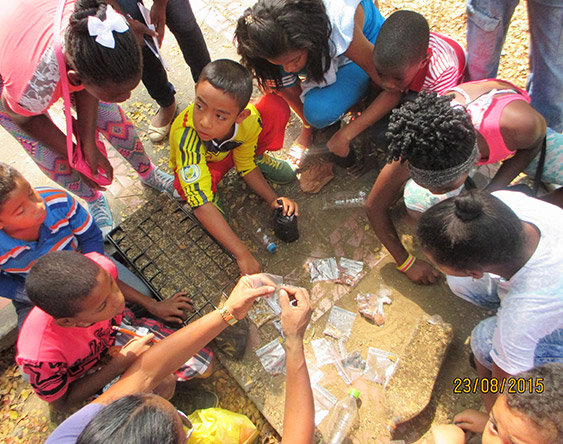
Alrededor del año 2012, FUNDAEC decidió diseñar, con la participación de las instituciones y los habitantes locales, un proyecto en el municipio de Villa Rica, en un terreno (ubicado aledaño a la Casa de Adoración Local del Norte del Cauca) de 11,5 hectáreas de extensión para la siembra de especies propias de la zona, con miras a la formación de un bosque seco tropical. Inició así un proceso de reforestación de la flora nativa, incluyendo varias especies en peligro de extinción, junto con el desarrollo de materiales educativos que pudiesen ser usados por la población local.

The objectives of the project are:
Restoration: Restore an area of 11.5 hectares with native flora species from the Norte del Cauca area.
Demostration: Offer an example to farmers and students from the region of how their lands can be restored and maintained.
Education: Preserve traditional knowledge and raise awareness among young people and children from nearby communities about the importance of conserving the environment and being familiar with the species of the region.
Distribution: Ensure that the area’s inhabitants have access to diverse seeds and native species from a community nursery.
Recreation: Provide a space where visitors can reflect and deepen their appreciation for nature and the attributes of God that are present there.
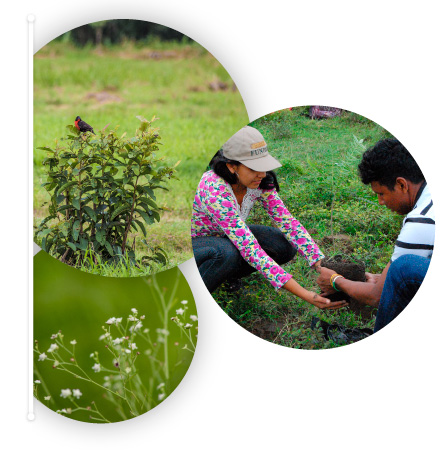
Through visits to traditional farms in the region, supported by a biologist and prominent farmers, more than 100 native species were identified and an environmental management plan was implemented. It describes measures to reduce or control the depletion of the land and its restoration at the project site. Worth noting was the significant participation of area communities in land restoration mingas — a traditional practice where individuals join forces to work towards a common goal. To date, more than 1,000 seedlings have been donated to the project by area residents, including some 20 different botanical families, some of which are classified as endangered species.
Environmental action groups are being formed in the project, composed of community members who receive training about tropical dry forests and their restoration, and they share knowledge with each other regarding the restoration of native species. It is hoped that each group will take responsibility for a 100 square meter plot at the project site, so that later they can use the experience gained to restore their own land.
Gallery

